The appearance of secretions is accompanied by swelling of the mammary glands and the release of lubrication. But what stands out the most when men get excited - few people know. A solid floor not only produces semen, but also a special lubricant that promotes sliding during friction.
The process of sexual arousal is a complex psychological and physiological response. In most cases, sexual desire begins with eye contact with the object of desire. In the man's subconscious, images of impending intercourse appear, resulting in an erection.
Not only real, but fanciful images can arouse sexual desire. This response may be slower. Erectile function depends on the response of the central nervous system. A man's sexuality is controlled by brain impulses that travel along the spinal cord.
The main excitation mechanism is one's own thoughts and images, which arise from fantasy.
Types of erections and their mechanisms:
- reflection. This reaction occurs after the penis is stimulated. The reaction is physiological and usually occurs within a minute of masturbation. A mechanism is born in the spinal cord. Libido can be observed even in paralyzed people with spinal cord injury.
- psychogenic. It is an arousal mechanism caused by fantasies and thought processes. Sexual images associated with possible intercourse appear in the man's mind. This type of erection requires a healthy nervous system, as only a few patients with low spinal cord injuries can achieve it.
- night. Refers to a mechanically uncontrolled erection that occurs in all healthy men. The first nocturnal response to sexual arousal was observed even in adolescent boys. Lack of a mechanical erection is a reason to see a doctor and is a sign of androgen deficiency and other physiological disorders.
After the penis fills with arterial blood, the penis becomes hard. Men may have discharge when excited. At the same time, the muscle of the ischial corpus cavernosum contracts, compressing the base of the penis and preventing blood from flowing out. During this period, urination is difficult.
After a contraction along the epididymis, ejaculation occurs - the semen is pushed out of the urethra. The neck of the bladder also contracts to prevent backflow of secretions, and then the muscles of the penis contract sharply and rhythmically to eject 2 to 5 milliliters of semen.
After the seeds erupt, the man completely loses his libido and the hardness of the penis disappears. At the same time, for a period of time, an erection becomes impossible and the formation of semen resumes.
In a healthy man, after 10 minutes, the sexual response may have reappeared. However, this period will vary, depending on the man's sexual habits and desires. Age, health and mental state play an important role.

what is before ejaculation
When aroused, the male body releases clear mucus - a pre-ejaculation sign. It comes with the erection or after it. The secretion of this fluid helps prevent damage to the penis during vaginal penetration.
The absence of pre-ejaculation in men may indicate a disorder in the reproductive system.
In addition, the secreted substance is often referred to as presperm. There is another name - pre-seed. This lubricant is released not only before sexual intercourse, but also during mild sexual arousal, during stroking. The presence of pre-ejaculation indicates a man's desire for intimacy with a woman.
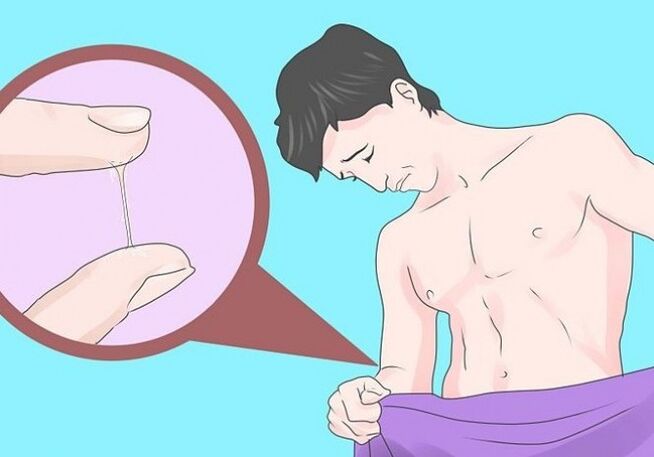
where is produced
Lubrication of a person cannot be called a simple process. The body has special glands located in the perineal muscles at the base of the penis. They are called Cooper or bulbourethral glands.
The male organ is named in honor of its discoverer, Cooper. They were discovered as early as the 17th century, but the real use of glandular tissue was only known later.
There are also Littre's glands, in which part of the pre-ejaculate is formed. They are located in the urethra (from the neck of the bladder to the outer opening of the urethra). Their main task is to distribute alkaline mucus, so the volume of pre-semen increases. Usually, it ranges from 2-3 drops to 5 ml.
The most common reason to visit a doctor is to release pre-seeds during the mildest sexual arousal. Such signs may indicate that the genitourinary system is being violated and causing problems. However, this condition is treatable. An andrologist prescribes treatment after a proper examination.
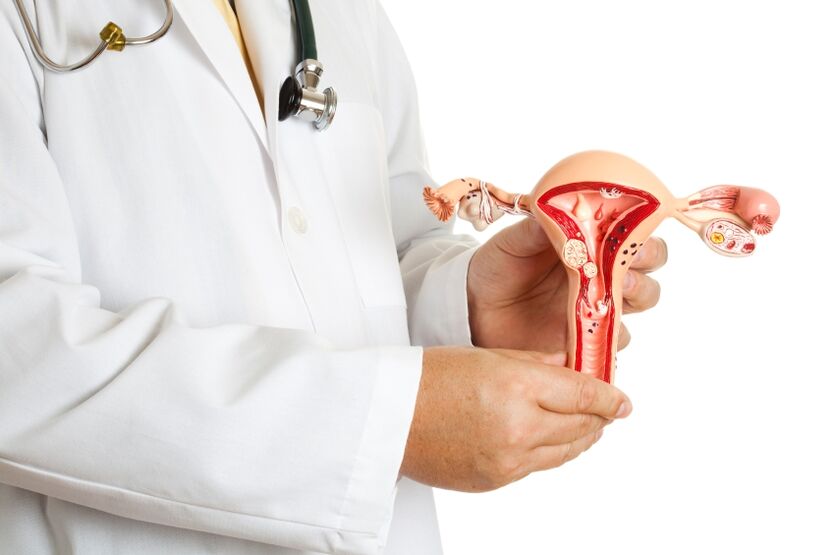
compound
These are mucous secretions that include alkali and various enzymes. Since the vaginal environment is acidic and repels male seeds, lubricants help neutralize the "aggressiveness" of the female microflora.
There is a myth that a woman can get pregnant by expelling it from a man's urethra. There is no semen in the lubricant's composition, but it may be present during uncontraceptive intercourse within hours of masturbation or previous sexual contact.
To avoid unintended pregnancy, condoms or other means of protection are recommended in this case.
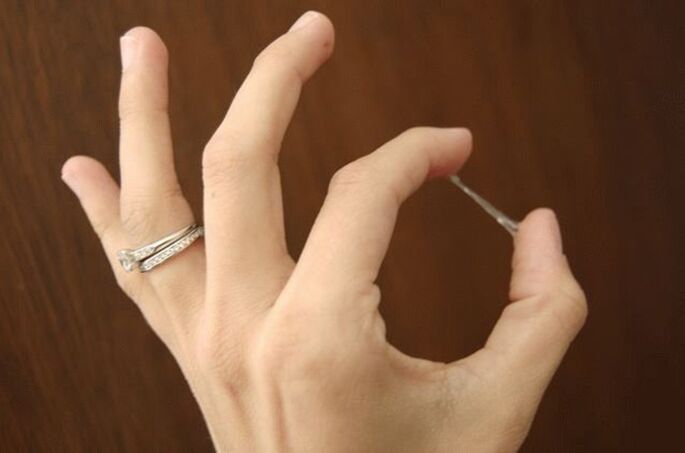
Function
Presemen is not only a lubricating transparent liquid, but also a protective response of the mucous membranes. The release of the precursor helps the penis into the vagina and helps relieve friction if the woman doesn't have enough lubrication.
Penile secretions have several important functions:
- Neutralize the increased acidity of the vaginal microbiota;
- Facilitates penetration of the penis and helps sperm move along the cervix;
- increase the chance of conception;
- Remove the contents of the urethra (urine, semen).
Sperm die quickly in an acidic environment. It is because of the alkaline pre-ejaculation that they enter the female reproductive tract intact and fertilize the egg. This is why male lubricants protect sperm motility.
The chance of pregnancy is also increased due to discharge from the urethra, as semen quickly enters the uterus as it slides. Also, if a woman's own secretions are insufficient, natural lubricants will help avoid artificial substitutes and facilitate penis entry into the vagina.
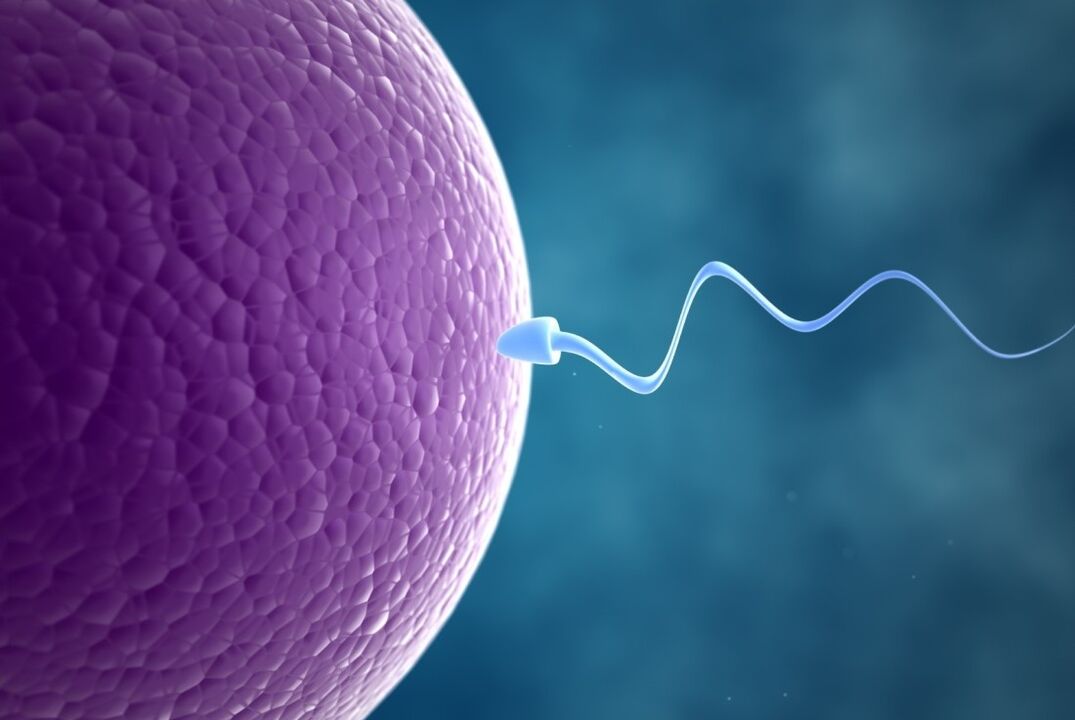
normal look
In medical terms, discharge from the urethra is often referred to as a libido urethral leak. In appearance, it is a normal clear mucus. During sexual intercourse, it releases 1 to 5 ml. This amount is sufficient for comfortable sexual contact.
The composition of semen also includes smegma, a fatty substance that collects in the folds of the foreskin. If a man is loyal to a sexual partner or uses a condom during sexual contact, there are no additional inclusions and color changes. A slight white tint is possible.
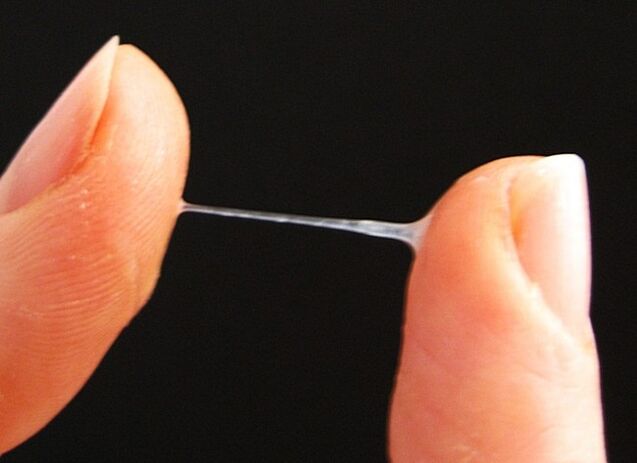
Reasons to see a doctor
The appearance of any suspicious symptoms is a reason to consult a doctor. This change in the body should be alarming. If a person sees a doctor in time, then you can catch the disease early, which can help in a quicker recovery.
This symptom will be the clue and reason to check the body for infection or inflammatory disease of the genitourinary system. A doctor will prescribe diagnostic tests, laboratory tests to determine the cause of the development of the pathological process.
Similar pathological processes in men are observed during arousal and during rest when contracting an STD. Contact your doctor right away if you have one or more of the associated symptoms. Urgent antibiotic treatment may be required.
Things not excreted before ejaculation
Some men, after reading this article, may suspect a problem because they are not pre-ejaculating. This can be a sign of a norm or a pathological process.
The indicated volume (from 1 to 5 ml) is an approximation. The amount excreted from the urethra during arousal may vary and depends on the individual characteristics of the organism. Sometimes men don't notice the release of lubricant because it's released after penetrating the vagina.
In 5% of cases, the absence of pre-ejaculation is a symptom of an inflammatory disease. It is recommended to consult your doctor about possible problems. Disabled, elderly people may not have urethral secretions.

Changes in color and consistency
Any color spot should alert a man. Normally, the color of the fetus is transparent with a whitish tinge. You should also pay attention to density. Pre-ejaculate is thin and flows freely from the urethra during sexual arousal.
Gray, red, green, orange and other shades are signs of an inflammatory or infectious process. The body thus responds to the viral invasion. Sometimes, colored discharge is a sign of the normal recovery process after prostate surgery, antibiotic treatment, or other surgical interventions.
A thick, clear discharge sometimes indicates an infection: Staphylococcus aureus, Streptococcus, Escherichia coli. The release of bacteria was observed not only in sperm, but also in the calm state of the penis.
What does the presence of different colored pre-seeds mean:
- Gray green. Talk about whether there is an infection in the body. This is not always a sign of an STD, like the flu or SARS. Usually, it is accompanied by an increase in body temperature.
- Thick white discharge. They talk about the development of fungal diseases, most commonly candidiasis. It is spread from an infected sexual partner. When a pathogen is detected, both men and women need to be treated.
- red. Talk about the presence of blood in the discharge. This symptom is typical of diseases of the urinary system (cystitis), chronic prostatitis and many other diseases not related to the urinary system: hypertension, atherosclerosis.
- yellow. This is a sign of contracting a sexually transmitted disease. Men rarely show STD symptoms, and in most cases the disease develops in a latent form. The yellow discharge may be suspected of sexually transmitted diseases such as chlamydia, ureaplasmosis, and mycoplasma.
- Purulent discharge. They talk about certain types of infections like gonorrhea, syphilis, gonococcal infections. Often accompanied by urination problems, erectile dysfunction.
Only a doctor can help you make an accurate diagnosis. Routine tests are not enough to identify the problem, you need a laboratory diagnosis and in some cases an ultrasound.
The key to recovery is to see a doctor promptly.
Don't self-medicate, and don't let the disease run its course. STDs can cause a number of illnesses that can lead to urination problems, erectile dysfunction, and a decline in the body's immune defenses.




















